 It is that time once again: back to school. That means essay writing! Part of the librarian profession is offering research help and writing instruction for high school and college students. Librarians are teachers at the core of the profession.
It is that time once again: back to school. That means essay writing! Part of the librarian profession is offering research help and writing instruction for high school and college students. Librarians are teachers at the core of the profession.
So, it is time I did my part! This article will give you ideas for future writing assignments and show you how to read (and use) references and citations. I will provide writing ideas and links to articles relating to the topic. You are welcome to cite me; however, I have already done some of the research legwork in my short bibliographies. I hope the articles will provide a good spring board for your essay assignments.
Understanding and Using Citations
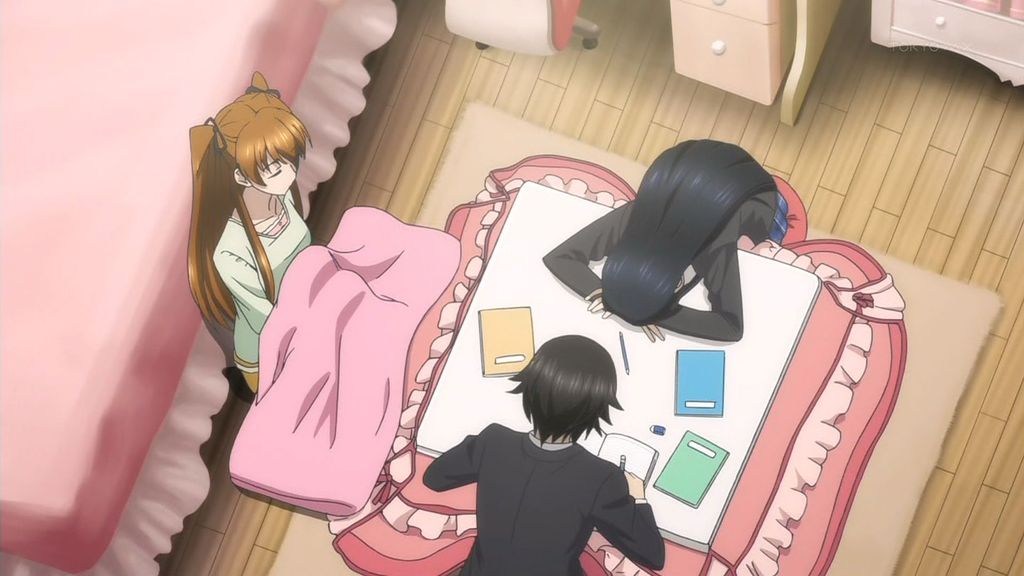
Author, A. A., Author, B. B., & Author, C. C. (Year). Title of article. Title of Periodical, volume number(issue number), pages. http://dx.doi.org/xx.xxx/yyyyy
–from Purdue Owl
By the way, that url looking thing is called a Digital Object Identifier. It works like a blog post’s permalink. You can paste the DOI at this website to link to the article. For example this citation:
Suzuki, Michiko (2006). Writing Same-Sex Love: Sexology and Literary Representation in Yoshiya Nobuko’s Early Fiction. The Journal of Asian Studies. 65. p.575. doi:10.1017/S0021911806001148.
You can paste that gobblygook (excluding the period) after doi: into the website to find the article. Give it a try! Why not use a regular hyperlink? Well, DOI links do not change even if the location of the article changes. Hyperlinks, as we all know, can break. It is a true permalink.
Most citations have the same components as APA. There are many styles with APA, Chicago, and MLA being the most common.
The point of citations isn’t to protect you from plagiarism. The point is to make it easy to find the articles. One of the easiest ways to search articles using citations is to use the author’s last name with a part of the title in quotation marks. This works in Google and in most library databases. For example typing the following into Google:
Suzuki “Writing same-sex love”
Will give you the article on the first page (in the second link when I did it).
Citations also give you the journal or periodical name. You can search for that journal, narrow the list down to the issue and volume, and find the article that way. Quotation marks around anything in search engines tells the software to use “all of these words” as a single unit.
When to Cite in Text?
You must cite a source whenever you use it. This includes whenever you paraphrase, use a statistic, or idea. Basically, if it is not from your experience or accumulative knowledge, you need to cite. Quoting is only a small part of citing a source. For example, take a look at this sentence from one of my articles here on JP. Although, the statement does not quote or even paraphrase, I had to cite it because the information was not my own.
Guys are expected to be well rounded in art, music, literature, and more just like in feudal Japan (Sughara, 2002).
APA uses parenthetical citation. The style you use will vary based on your teacher/professor’s requirements. Do you have the cite after every sentence? What if you are using multiple sources that have similar information? What I tend to do is to write the paragraph and end with a multiple citation that looks like this: (AuthorOne, 2001; AuthorTwo, 2011; AuthorThree, 2013). If you start using ascending order of the dates with this method, keep using ascending order each time you do it. If you use descending date order, keep using that order. This method is only recommended for relatively short paragraphs that reference the ideas of several authors. With longer sections it is best to cite after each set of sentences that have the author’s ideas.
As you can see, citing sources is not really that complicated. Basically, if the thought is not your own you need to cite it.
Essay Ideas
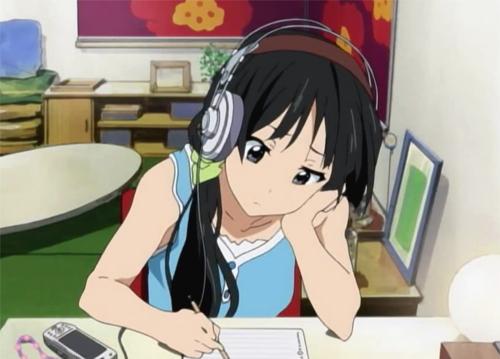
Geisha – History and Life
This idea looks at the history of Geisha and how they have become one of the best known symbols of Japan. Geisha are not prostitutes; they are living reservoirs of Japanese culture. You can look into how Japan might look if geisha did not keep traditional Japanese culture alive.
Geisha – The Art of a Life
This idea narrows down on the arts of a geisha from their kimonos to kanzashi to the arts they practice. You can relate how geisha are similar to Native American spirit people. Both try to keep their heritage alive.
Articles:
Traditional American Genders Roles vs Traditional Japanese Gender Roles
This topic looks at the similarities and differences between men and women in America and the United States. World War 2 served as turning point for both cultures. The war changed the roles women played in society, opening the doors for equal voting rights and female careers.
The Hypocrisy of Societal Expectations for Women
This looks at how societies expect conflicting characteristics from women in Japanese (and perhaps American) society. Women are expected to be sexy but those that try are often called sluts. Japanese women are taught to be submissive but also oversee the household.
- Gender Roles of Women in Modern Japan,
- A Look at Gender Expectations in Japanese Society
- Dating and Marriage in Japan
How Anime and Manga Empower Girls
Look at how anime and manga breaks female gender roles. Using Sailor Moon and Revolutionary Girl Utena. you can write about the how such stories shape self-image. Utena presents an opportunity to explore same-sex relationships between girls.
Articles:
Teen Girl Psychology and Yaoi
This topic looks at how yaoi fills the needs of teen girls to be entertained and explore different relationship dichotomies. It looks at various ways yaoi explores increasing interests in sex and relationships.
Articles:
Character Stereotypes in Anime and Manga
This looks at various tropes found in anime and manga. You can explore why these stereotypes are common and contrast them against stereotypes found in other comics.
Note: These articles are my own thoughts and observations. With most of these, I did not research anything with the exception of There is Personality in the Blood . These articles might provide a starting place for your own considerations about manga and other literature stereotypes.
Articles:
Anime Stereotypes:
Hair Color and Character Stereotypes
Other Essay Ideas
- Cherry Blossoms as a Symbol of Japan
- The Invasion of Pokemon and its Role in American Childhood
- Anime Blogging and How it Improves Writing
- What it means to be Otaku
- How Mickey Mouse Changed the Face of Manga
- Why are American Cartoons for Children and Japanese cartoons for Adults?
- Moral Lessons found in Anime and Manga
- An Analysis of Joseph Campbell’s Hero Story and Bleach
Offering a Helping Hand
Hopefully, this short list of ideas will give you a starting point for your school/college assignments. As a librarian, I am here to help. If you need help choosing a topic (and that can be hard, I know), proofreading, or research help, let me know. Your local librarian is also available to help.
You can email me: webmaster [at] japanpowered [dot] com. Darn spammers make us write emails this way, ’tis sad.
Oh, you are also welcome to send me questions about manga, anime, and Japanese culture. I am open to article ideas.
You can also message me on JP’s Facebook page. I will do my best to offer help or point you to the information you need.
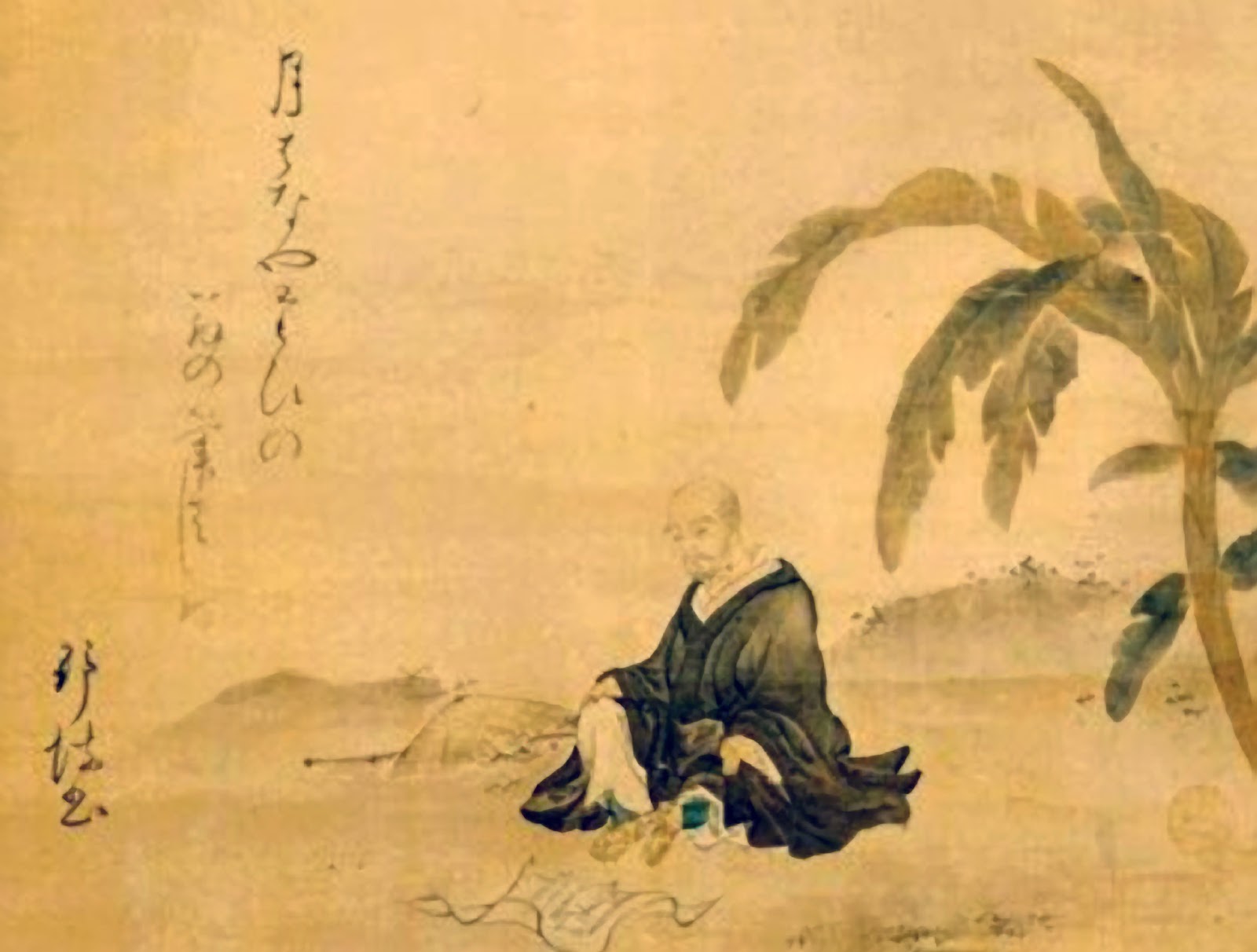
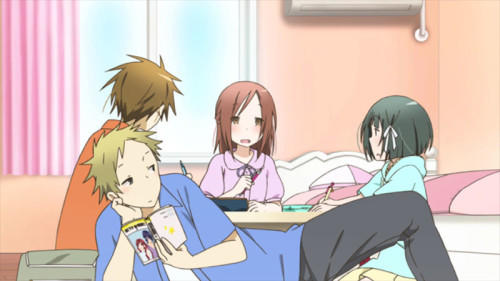
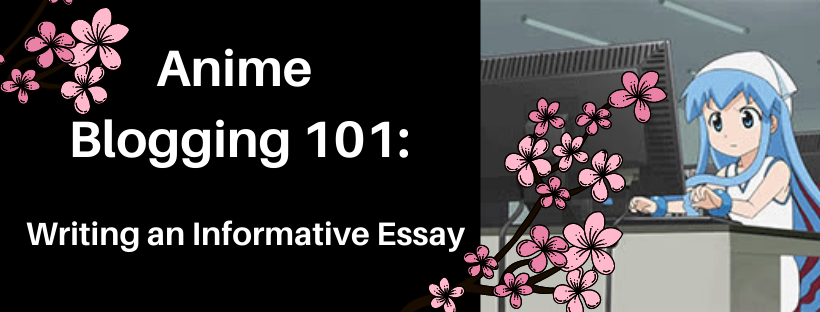
an essay question about manga, i want to be able to make a manga production for my practical but my essay must link.
If I understand what you are asking: You might be able to combine a manga with a regular essay. Use the manga to present extra information or provide examples.
can you sent me essay about japan culture , i want a really big event that happen at japan so pls sent me i dont know any culture about japan
One of the largest events that happened to Japan was when the United States forced Japan out of isolation. Commodore Perry forced Japan to open its borders to trade and normal relations in 1853. Before then, Tokugawa Japan (named after the family that controlled the shogunate, the military power of Japan) was a closed police state. Commodore Perry’s intrusion led to the collapse of the Tokugawa Shogunate and the modernization of Japan. This, in turn, laid the foundation for World War II. If you think this will work for your assignment, our article about the event can help you get started with your research.
I do not give out essays, but I will help you get started with research.
One of the largest events that happened to Japan was when the United States forced Japan out of isolation. Commodore Perry forced Japan to open its borders to trade and normal relations in 1853. Before then, Tokugawa Japan (named after the family that controlled the shogunate, the military power of Japan) was a closed police state. Commodore Perry’s intrusion led to the collapse of the Tokugawa Shogunate and the modernization of Japan. This, in turn, laid the foundation for World War II. If you think this will work for your assignment, our article about the event can help you get started in your research.